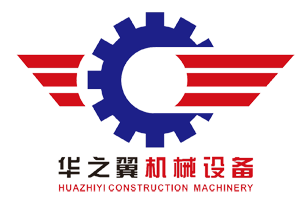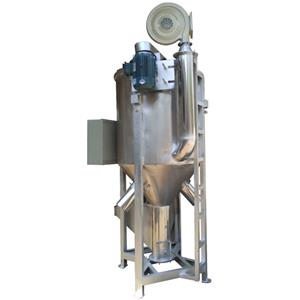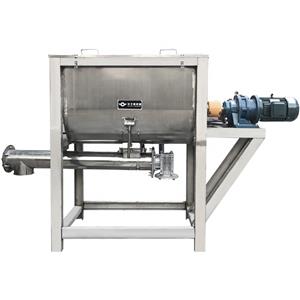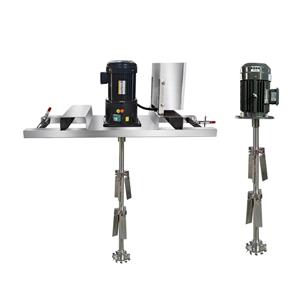Difference between horizontal mixer and vertical mixer
Difference between horizontal mixer and vertical mixer
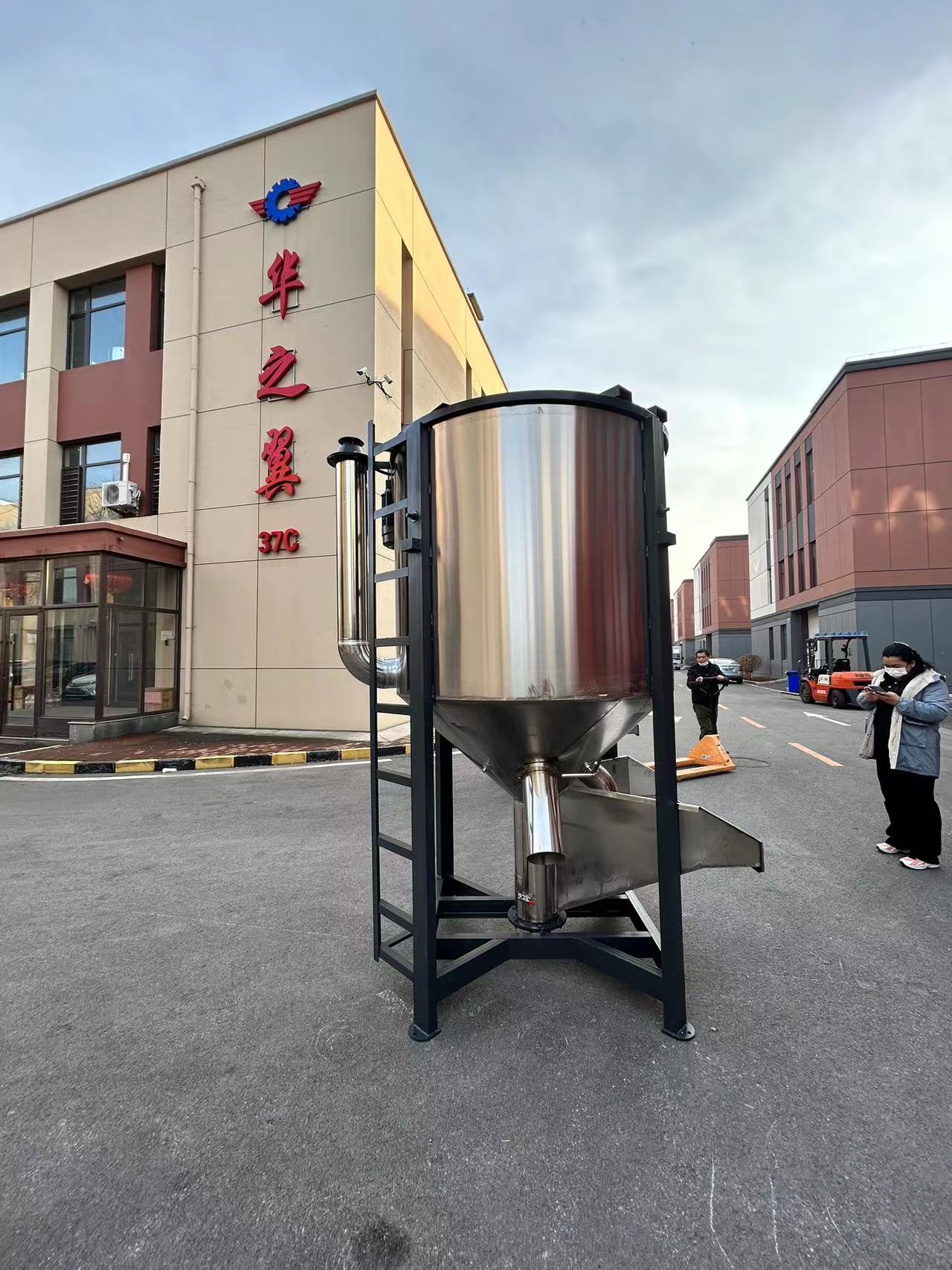
Horizontal mixer and vertical mixer are common mixing equipment, and their differences are mainly reflected in the following aspects:
Structure: The agitator of the horizontal mixer is horizontally placed, usually in the form of single shaft, double shaft, etc; The agitator of the vertical mixer is placed vertically, usually with a rotating paddle.
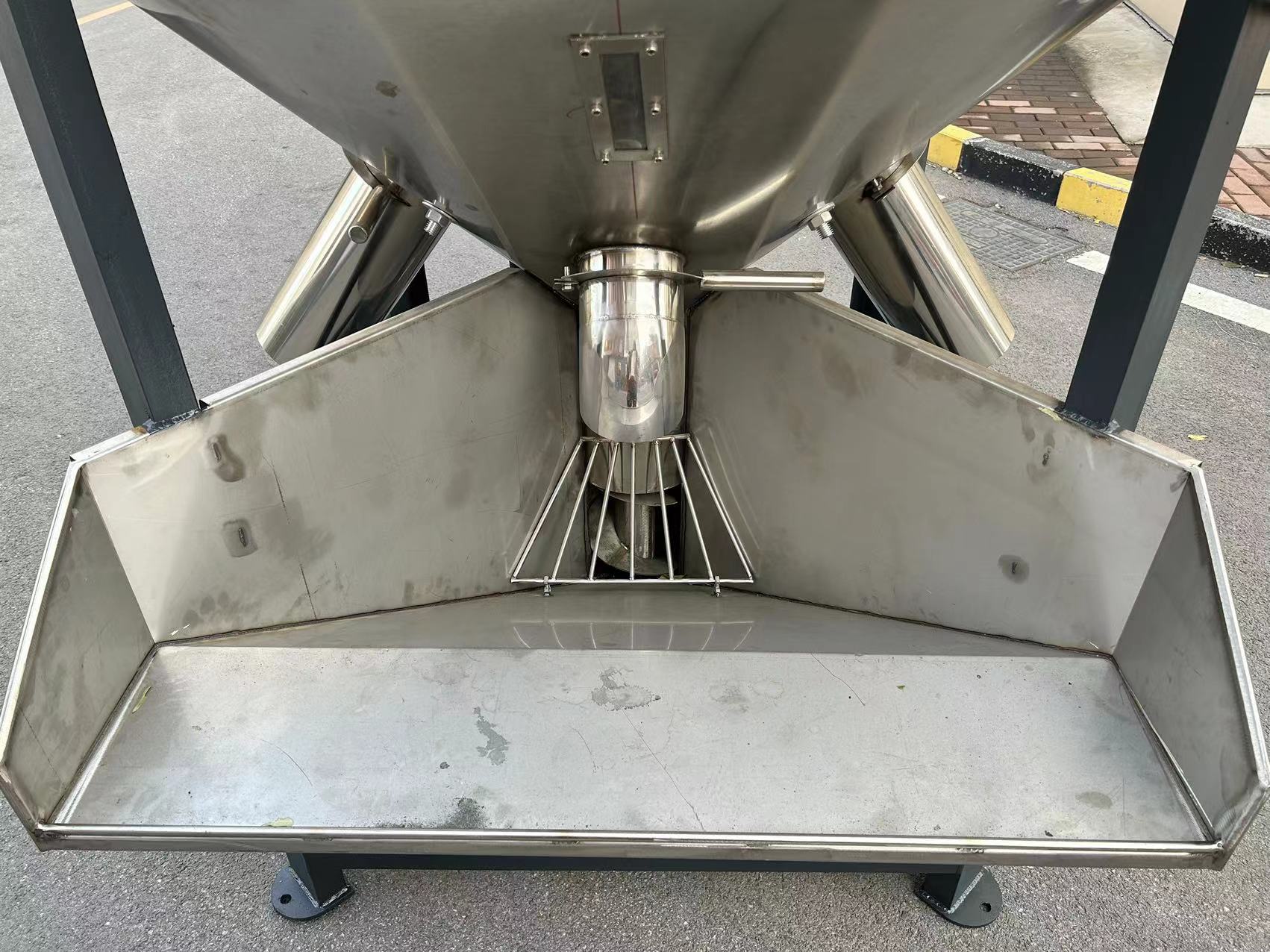
Mixing method: The horizontal mixer usually uses a rotating agitator to complete the mixing process. Under the action of the agitator, the material moves continuously along the axial and radial direction, so as to achieve the purpose of mixing; The vertical mixer generates strong convection and shear force through the rotation of the blades, so that the materials can be mixed.
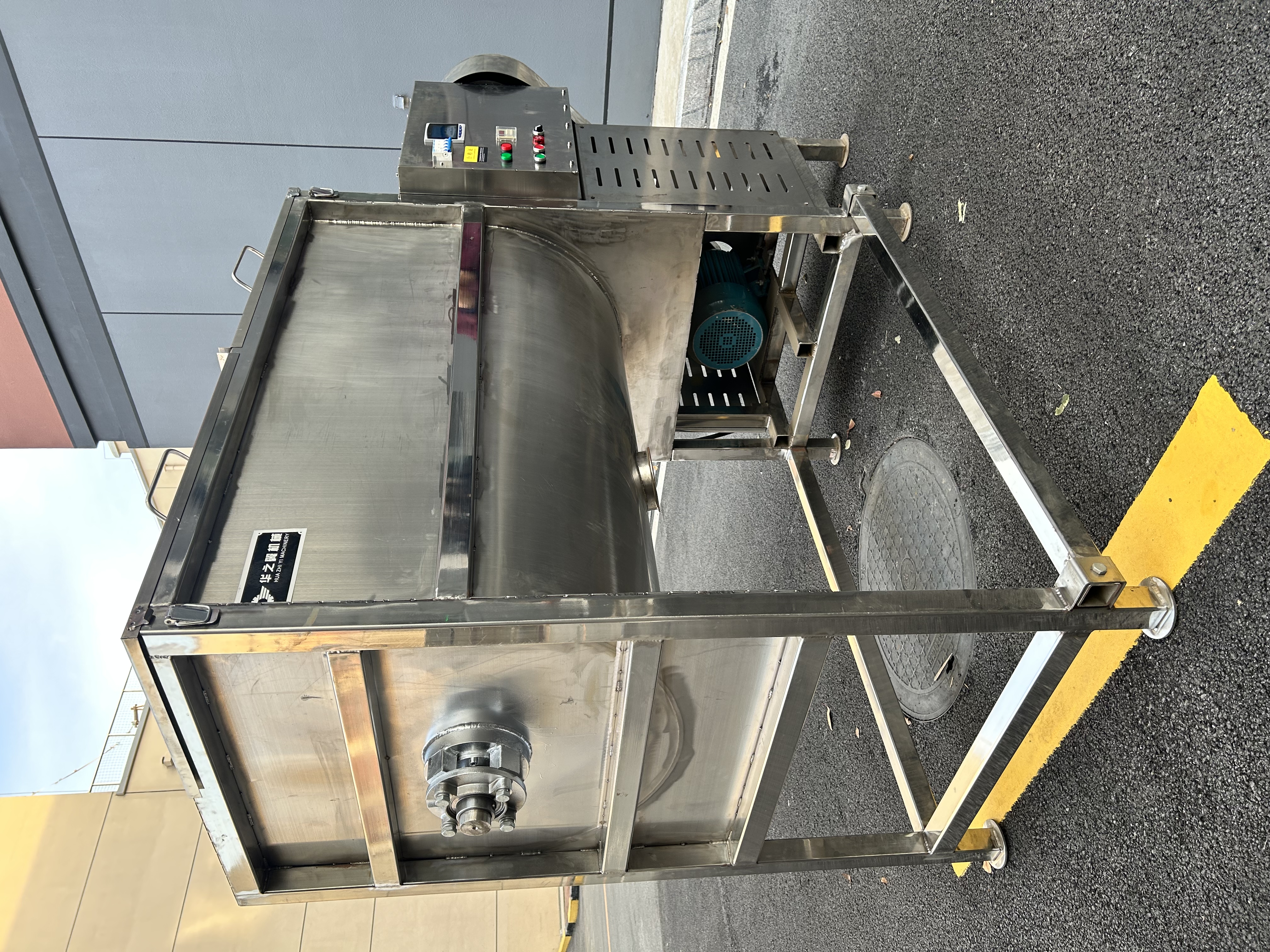
Scope of application: The horizontal mixer is usually applicable to the mixing of powder and granular materials. It has the advantages of good mixing effect and small floor area, and is often used in chemical, pharmaceutical, food and other industries; The vertical mixer is usually suitable for the mixing, mixing and homogenization of liquid materials, such as pharmaceutical, food, chemical and other industries.
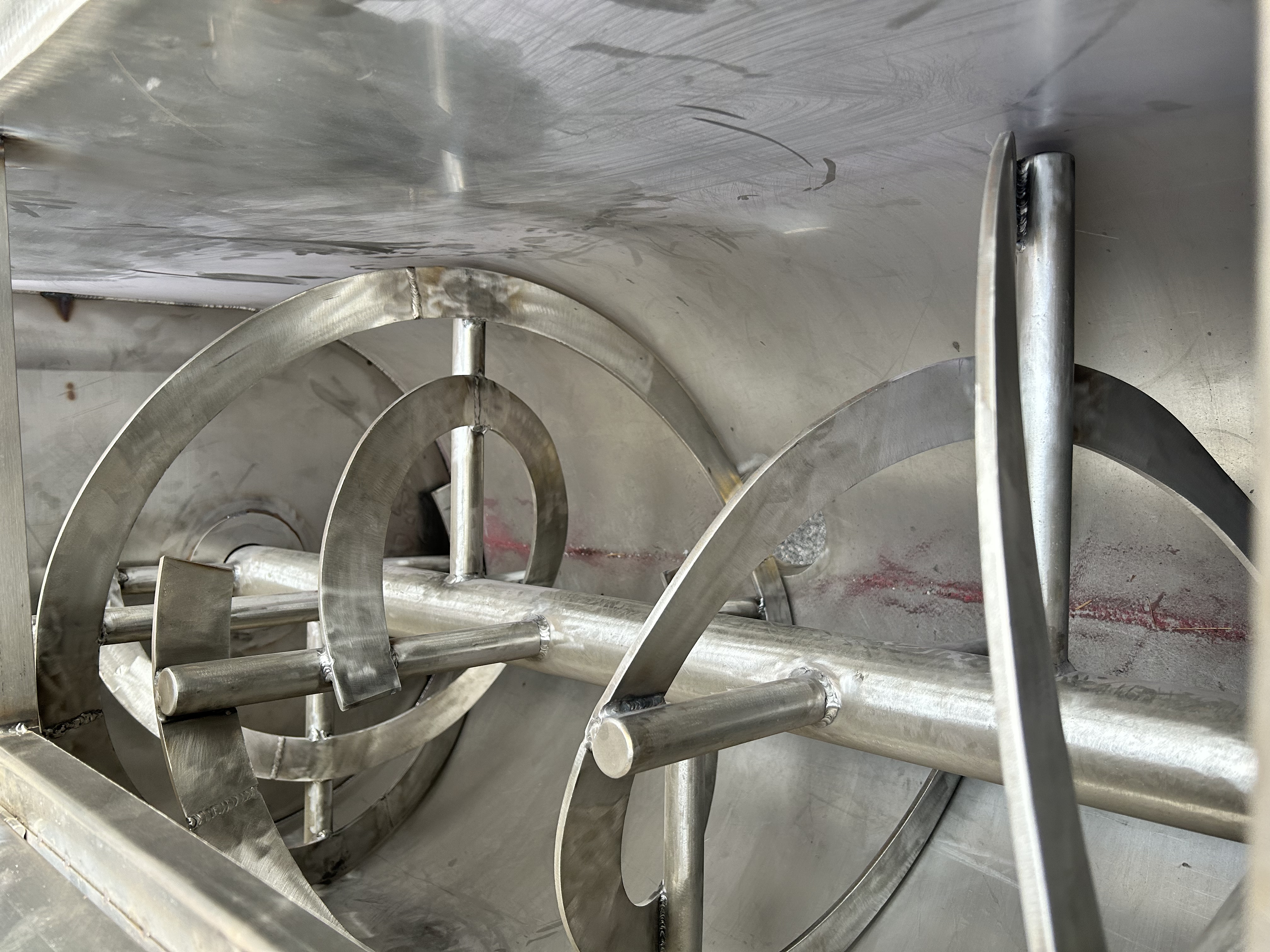
Equipment structure: due to different structural forms, the equipment structure of horizontal mixer and vertical mixer are also different. The horizontal mixer usually occupies a small area and is low in height, which is easy to install and maintain, while the vertical mixer usually occupies a large area and is high in height, which requires a large operating space.

In short, the horizontal mixer and the vertical mixer are different in terms of structure form, mixing mode, application range and equipment structure. Users can select appropriate mixing equipment according to their own needs.
